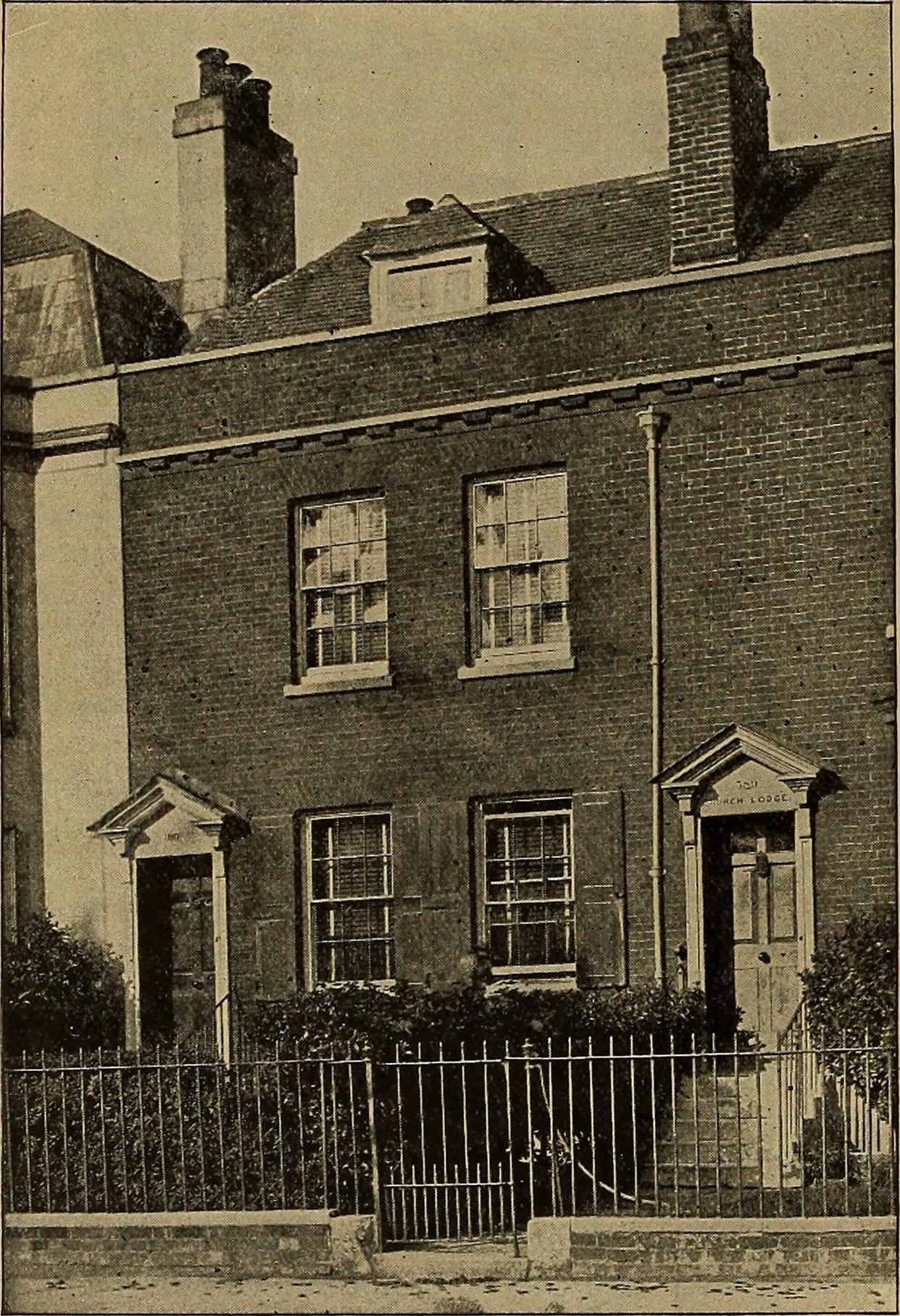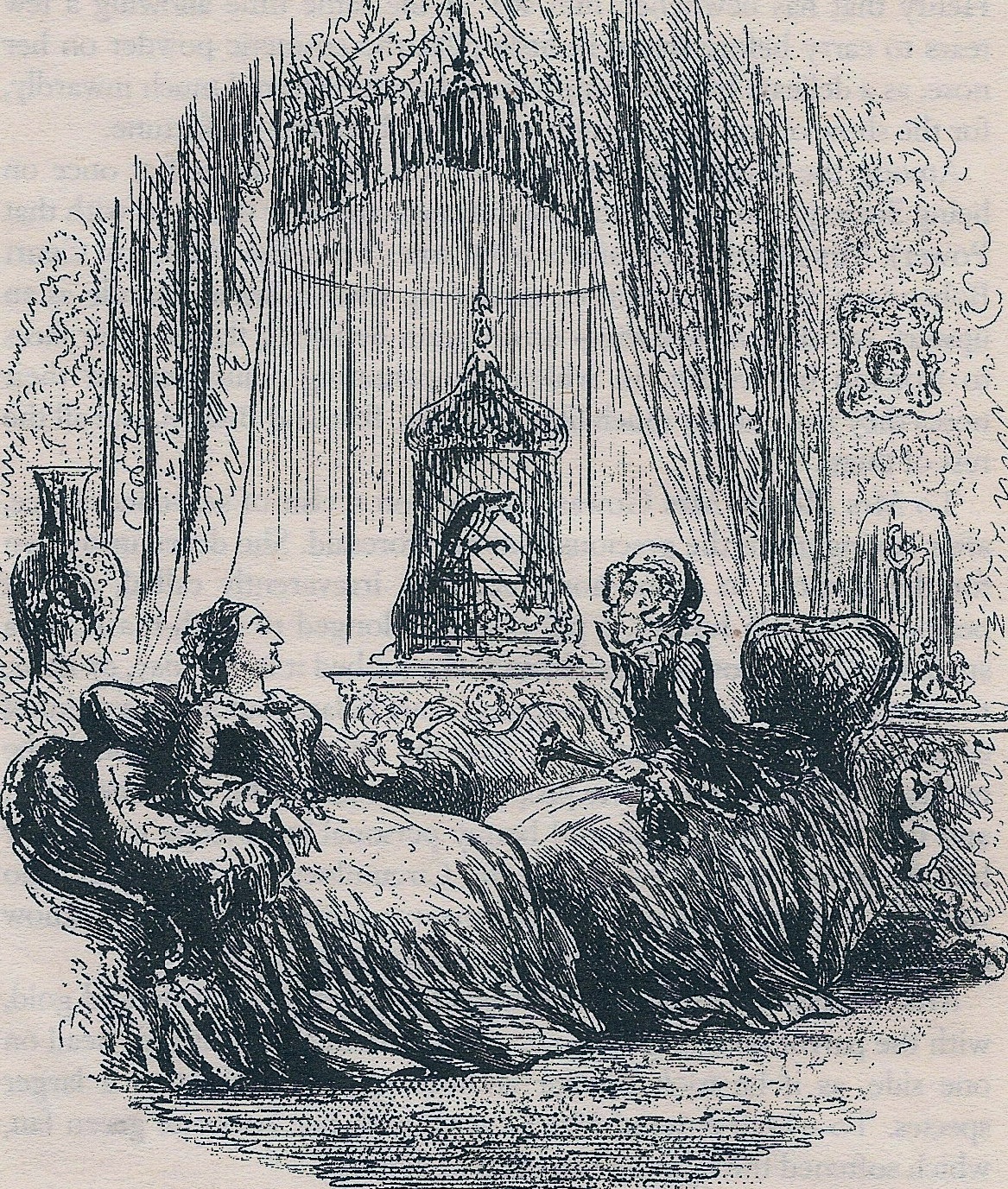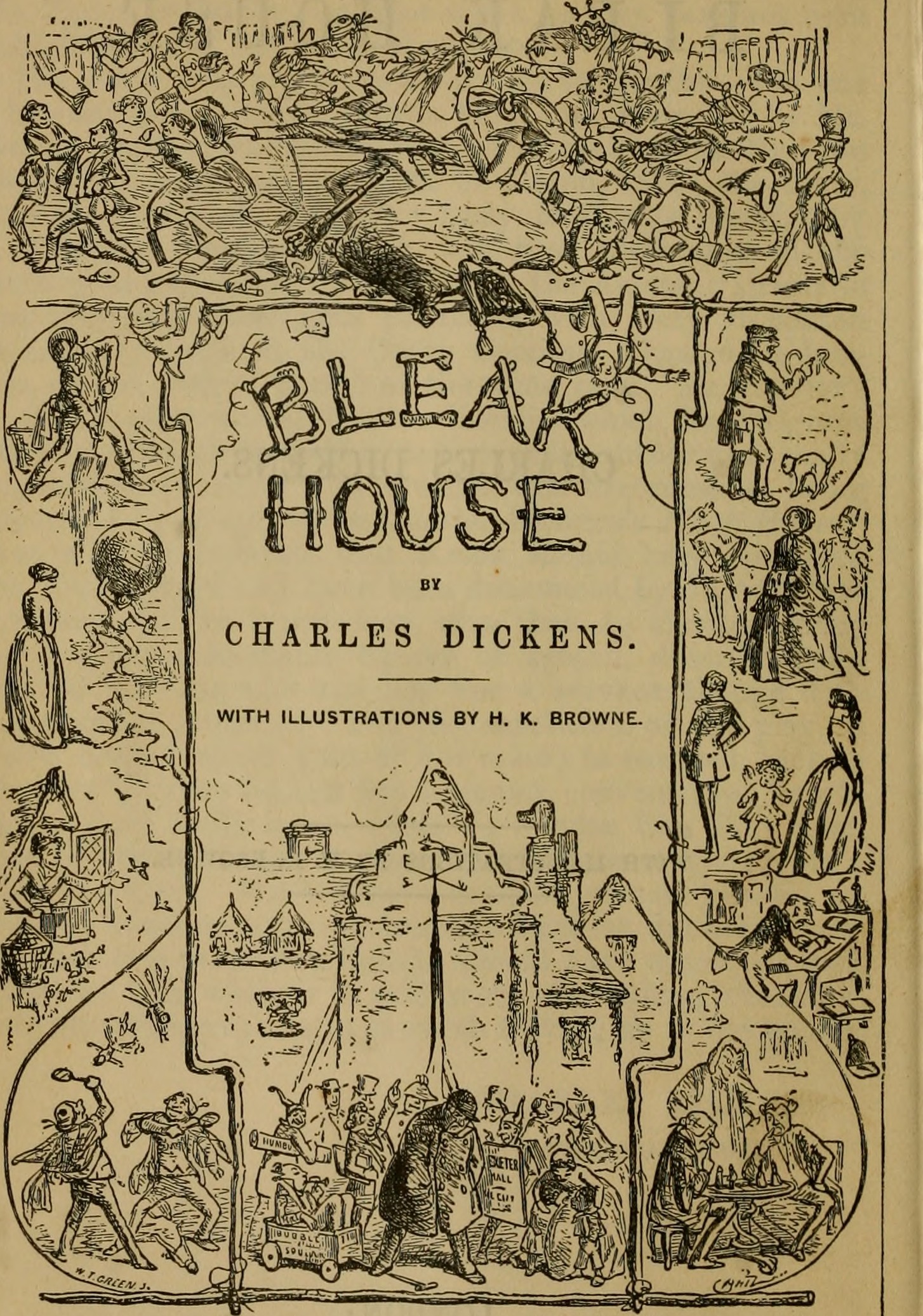In fact, John Dickens was at Marshalsea for a relatively short time. His mother died and left him some money. He could pay off some of his debts and was released. Yet, Dickens stayed in the blacking warehouse for quite a while afterwards. Then, for scarcely two years, he got the only bit of education he was to have in his life, though the school was absolutely terrible. His headmaster, he said, was “quite the most ignorant man it has ever been my pleasure to know”.
So, he had nothing in the way of education and a life precariously on the edge of financial catastrophe. I think that’s quite characteristic of the age, and of London, and of that relatively large group of people who existed just on the other side of poverty. They are not poor; but disaster is always there.
It’s striking how many Victorian novels feature bankruptcy and debt. It’s a cliff that so many people felt that they could fall off. The young Charles Dickens certainly lived with that fear, and I think that explains and indeed rather justifies his lifelong obsession with making money.


